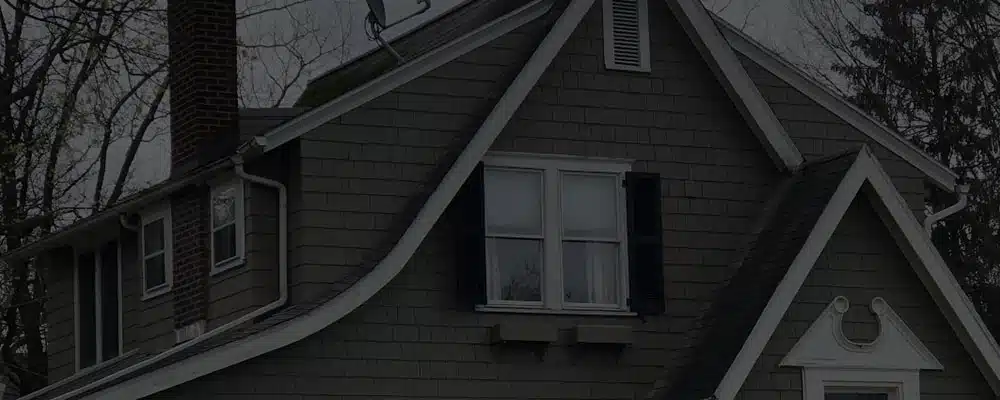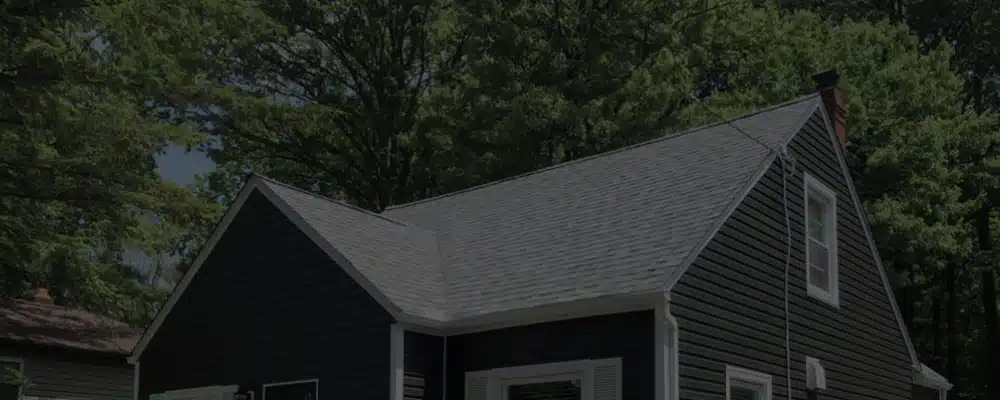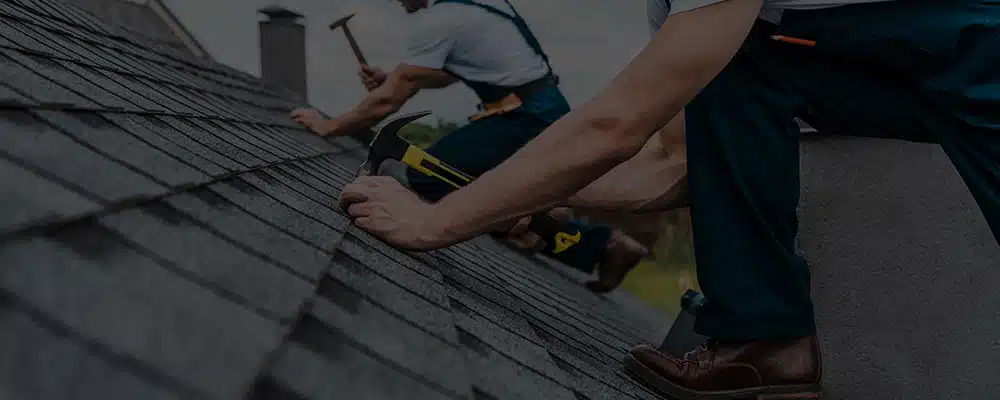So, you suspect that your roof has a leak, but you’re finding it frustrating to determine which part or from where the roof is leaking. Want to know what roofing contractors know? Then, use these ways to detect leakage in your roof.
Finding A Roof Leak
Discoloration Of The Roof Or Ceiling
If your roof has a leak, you’re probably not going to find it out right away. So, the best way to look for leaks is to have a look at the paint on your ceiling. If it’s not discolored and it looks fine, then you’re good to go. But if the color is starting to get patchy and dark rings or drops are forming on the ceiling, then you better believe that there is some sort of water invasion in the top part of the ceiling because that is what’s causing the ceiling to discolor.
Even if your paint is supposedly waterproof, it will still get muddy and discolored by the leaks in the roof because water is making a puddle and that’s causing the fluid to steadily seep into the surface of the ceiling and do great damage. If you see a patchy and discolored portion of the ceiling then you should act fast and consult an expert before the problem gets worse.
There’s Mold Growth
Sometimes, the patches you see on the top of the ceiling aren’t discoloration, but something even worse. It could be mold or fungus forming because of the moist environment. Mold and fungus thrive in wet and moist environments and you can find out whether mold growing or not if you simply inspect the roof.
Usually, mold and fungus don’t form in the center, rather they start from the side of the ceiling where the edge is and then grow from there. It’s also different in color, as compared to normal discoloration. It will be a mix of brown, green, and black and there might also be hints of white in the spores.
Once the fungus starts to form, it can also lead to cracks on the roof or ceiling, which in turn, can lead to you seeing the leak, but until then the damage is done and you have to fix it quickly.
Look For Rust
If your roof is made out of metal, then it probably won’t get infested with fungus and mold, but that doesn’t mean that it won’t get leaked or cracked. In metal roofs, the best way to identify a leak is to look for rust on the roof.
The easiest way to spot rust on your roof is to simply look for damaged or discolored patches of the metal. It will usually be a dark brown or red color and it will have a metallic smell to it as well. On top of that, the water coming through the rusted leak will also be tinged in a rusty color, so those are pretty solid tell-tale signs by which you can inspect a leak in your metal roof.
There Are Bulges
Another very common way by which you can be sure that there’s a leak somewhere above the ceiling or on the roof is when bulges start to form. This is because of the wood getting swollen by the contact of water and it’s the end of the roof from there.
This is pretty damaging and if the bulges are too much, then you might need to have the whole roof replaced once you get the leak fixed. This happens when there’s a very old leak and it hasn’t been repaired for a long time. This is the reason an annual roof inspection is so important. You can have any problem detected during an inspection and have it fixed as well. Because of this, most types of damages won’t force you to replace your roof prematurely.
There’s A Musty Smell
Stagnant water has a pretty weird smell. It’s full of must, dirt and its overall unpleasant. Well, if you smell the same scent from the roof, then it’s a good thing that you’re alarmed because there might be a leak somewhere and you need to find it.
Usually, leaks happen in the attic where the roof is the closest to the house and that can lead to a puddle forming on the base of the roof. This water is stagnant and over time, fungus and mold can form in it which can cause the smell to be more pronounced and this is what gives away a leak.
The Soak Test
If you’re worried about your roof being leaked but you can’t see any leaks as of now, then here is a test that will put your worries at ease.
First, you will need a water hose and a bucket. The bucket will be placed where you think the leak is so that when you douse the ceiling in water, the bucket will catch any droplets and there will be no mess. If you want to be safer, you can cover the entire attic in a tarp as well and that’s going to lead to better protection.
Now, open the water supply and douse the roof with water. If it drips from somewhere, then that’s the place where the leak is.
There’s A Sound In Your Attic
This one might be pretty obvious, but if you still haven’t found out whether your roof is leaking or not, then you can check the attic for that characteristic dripping sound. If you hear it, then you might want to go and inspect it.
Usually, when the leak turns into a puddle, it can cause the dripping sound to increase and it can be heard easily by people too, so that’s also an easy way of detecting a leak.
The Siding Is Ruined
Your house siding is directly attached to your roof, and if there’s a leak in your roof, then you better believe that it’s going to seep into the siding and ruin it too. If you see any wet marks or spots on the siding, especially where the siding meets the roof, then you might want to check the attic or the roof. This is because there’s a huge possibility that your roof is leaking and the water is so much that it’s damaging the siding. It’s just a matter of time before the siding gets fully damaged too.
Inspect The Vents
You want to check the vents as well. Usually, the vents are connected with pipes coming from the roofs and if there’s a sizable leak in your roof, then it can damage the pipes and the water can lead itself into the vents.
The most obvious sign will be the musty smell coming from the vents and if the vents are circulated with air, then it will be moist and you may even sense musty smell indoors. That’s because of the water present in the vents.
Conclusion
Now you know all of the ways by which you can detect a leak in your roof. The sooner you find it, the faster you get an expert from roofing companies Cuyahoga Falls to repair your roof. If you can’t find the leak, you can even schedule an inspection from a professional as well.




